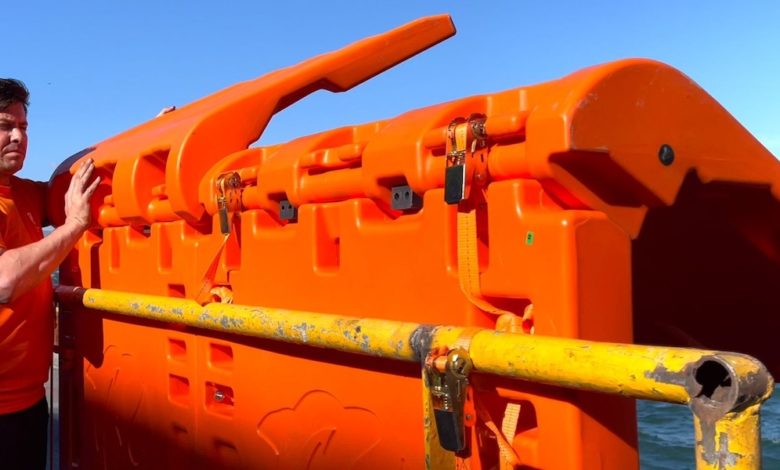Anti-piracy barriers now available for rent

A new Scottish maritime start-up, Palaemon Maritime, has launched an anti-piracy vessel protection service.
The company’s first product allows shipping companies to rent or subscribe to an anti-piracy barrier system – a service its backers claim makes make the adoption of the most advanced anti-piracy system affordable, saving an average of 64% against the cost of razor wire.
“The shipping industry has long sought an affective alternate to razor wire,” said founder of Palaemon Maritime, Steve Regis. “Razor wire is a non-effective way at stopping boarding pirates, hence why they haven’t been so successful. Other anti-piracy barriers have been available for a number of years, but the price is often ten-times higher than the cost of razor wire and are too big and bulky for long term storage onboard. This, unfortunately, has made it impossible for most ships to adopt.”
To address this, Palaemon Maritime provides an off port limits (OPL) delivery and returns service, meaning that ships can take delivery and returns at the same time as they take provisions. As a result, ships operating in high-risk areas are only required to take the equipment onboard when they need it, thereby removing the issue of onboard storage.
“The shipping industry spends $250m dollars every year trying to protect themselves from pirate attacks, and it’s a huge waste of money,” Regis said. “Currently, we have three competitors on the market that sell anti-piracy barriers, but they do not rent them to clients. This is because their products are far bulkier, complex, and/or timely to install, making it very difficult to do. Palaemon Maritime is the only company that offers a rental and subscription service with OPL delivery and returns – a true industry game-changer.”
Regis, a former Royal Marines Commando, was one of the senior team members at one of the current market leaders in this niche, ARX.
